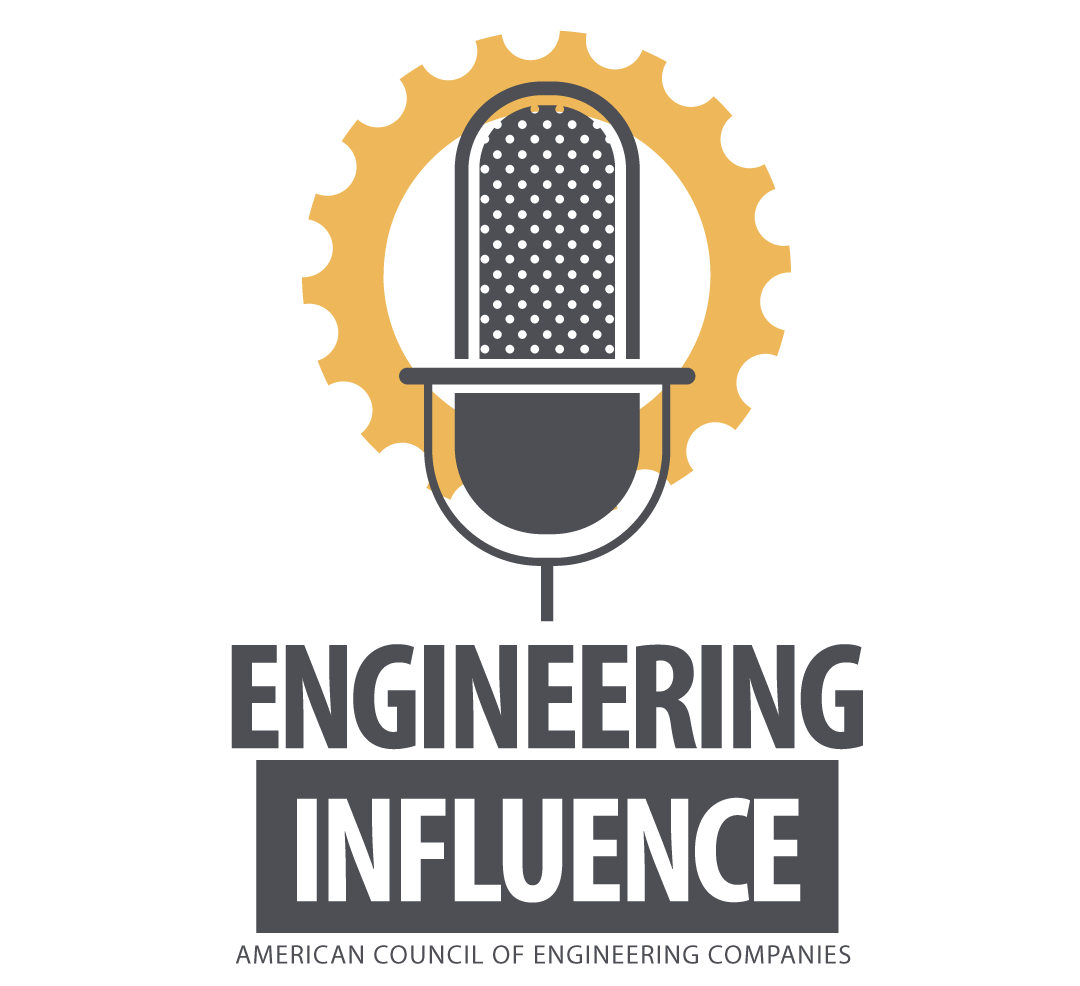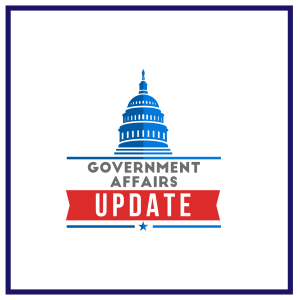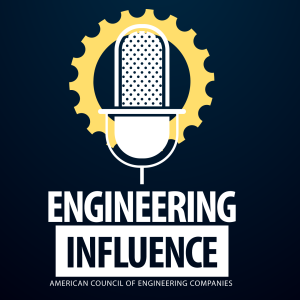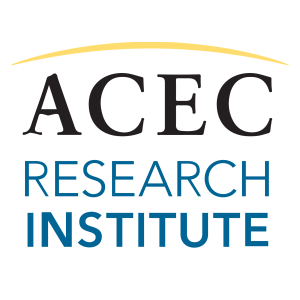
The Voice of the Business of Engineering
Engineering Influence is the official award-winning podcast of the American Council of Engineering Companies (ACEC).
ACEC is the trade association representing America's engineering firms; the businesses that design our built environment. Subscribe to the podcast for a variety of content ranging from interviews with newsmakers and elected officials to in-depth conversations on business trends, the economy, technology and what's next for the engineering and design services industry.
Visit us online at www.acec.org
Follow us on Twitter at @ACEC_National
ACEC reserves the right to moderate episodes on its channel and make editorial decisions on the inclusion or deletion of comments posted by listeners. Direct any questions to comms@acec.org.
Episodes

Friday Mar 12, 2021
Government Affairs Update for March 12, 2021
Friday Mar 12, 2021
Friday Mar 12, 2021
On today's Government Affairs Update, we re-cap the provisions of the $1.9 trillion American Rescue Plan and discuss the rescheduling of the House Small Business Committee hearing on the PPP FAR credits clause now set for March 23rd.

Monday Mar 08, 2021
Monday Mar 08, 2021
In honor of Women's History Month and International Women's Day, the Engineering Influence podcast welcomed ACEC CEO, Linda Bauer Darr to the show joined by ACEC Chair-elect Robin Greenleaf and NAECE President-elect Beth Bauer to talk about the state of women in engineering and ACEC's efforts to make the industry more inclusive.

Friday Mar 05, 2021
Government Affairs Update for March 5th: Update on the PPP FAR Credits Issue
Friday Mar 05, 2021
Friday Mar 05, 2021
Steve Hall and Matt Reiffer joined the program to provide an update on the PPP FAR Credits Clause and to announce ACEC's participation in a House Small Business Committee hearing on the 9th focused on that very issue. More information about the hearing can be found here.

Thursday Mar 04, 2021
Thursday Mar 04, 2021
The podcast welcomed Tommy Wells, Director of the DC Department of Energy & Environment onto the program to discuss the District's work towards net zero emissions and the challenges his department is facing due to the effects of the COVID-19 pandemic.
Tommy was a panelist during the most recent ACEC Research Institute roundtable on the Future of Engineering, which focused on sustainability and renewables in a post-pandemic world.

Wednesday Mar 03, 2021
Simon Goodhead of the Coxe Group Discusses How to Boost Employee Retention.
Wednesday Mar 03, 2021
Wednesday Mar 03, 2021
Simon Goodhead, principal of The Coxe Group, a management consultancy in Atlanta, GA, came on the program to discuss the challenges of employee retention in engineering firms and the high cost of failing to meet those challenges.
Goodhead recently presented the ACEC online class "Why Retention is You and Not Them." Click here to access the on-demand session.

Friday Feb 26, 2021
Government Affairs Update for February 26, 2021
Friday Feb 26, 2021
Friday Feb 26, 2021
ACEC's Lynn Schloesser joined the podcast today to discuss ACEC's first ever reverse industry day between the ACEC Water, Energy and Environment Committee and EPA.
Unlike regular industry days, reverse industry days put agency acquisition staff in the audience while industry presents their perspectives of doing business with the government. To make the event even more unique, ACEC partnered with the Professional Services Council to bring EPA officials in as moderators, which enrolled them even further in the preparation and execution of the event.
Overall, reverse industry days help to uncover hidden challenges in the contracting process and serve to deepen relationships between government agencies and the firms looking to do business with them.

Wednesday Feb 24, 2021
Eweek 2021: Scholarship Spotlight
Wednesday Feb 24, 2021
Wednesday Feb 24, 2021
Engineering Influence continues to celebrate Engineers Week 2021. We were happy to invite three recent ACEC Scholarship winners to share their experiences as young engineers who are completing their educations or just starting out in the workforce. Our panel discussion welcomed:
Alisha Stidam, who was awarded the $10,000 Jim Kleinfelder ACEC Scholarship, works for OHM Advisors.
Matthew Schomacker, who received the $5,000 Lennox Nishimura Scholarship, is working toward a bachelor's/master’s degree in civil engineering from Northeastern University.
Teresa Magana who received the $5,000 Professional Liability Agents Network (PLAN) Scholarship and is studying for a master's degree in geotechnical engineering at California State University, Sacramento.

Monday Feb 22, 2021
ACEC Celebrate Engineer's Week 2021
Monday Feb 22, 2021
Monday Feb 22, 2021
The podcast welcomed Thea Sahr with Discover-e, the organizers of Engineer's Week to discuss how the event is going virtual in 2021.
Learn more about DiscoverE's full range of resources for Engineers Week and ways to promote engineering throughout the year on their website: http://www.discovere.org





